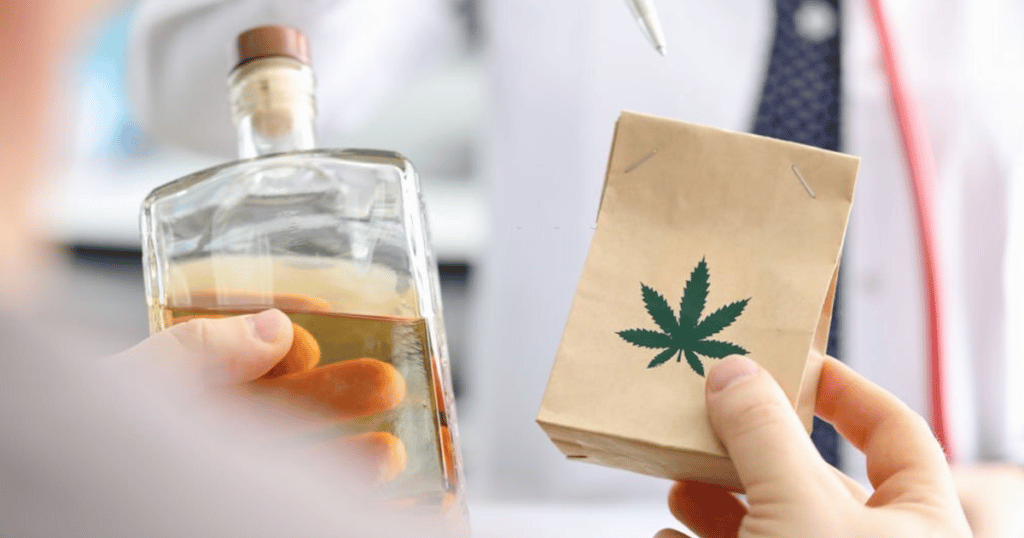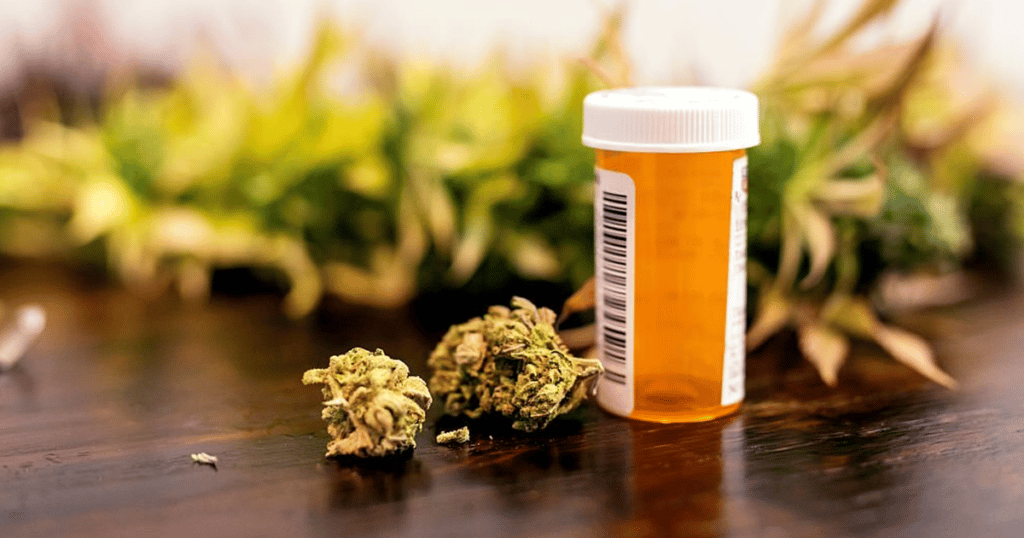Despite the prominence of marijuana usage for medicinal and recreational reasons both today and in the past, it continues to be perceived in a negative light by many – if not most – people with a taboo-like stigma still bound to cannabis to date. All this while alcohol is widely used and accepted at a public level across the globe.
However, in the Pine Ridge Indian Reservation in South Dakota, this is not the case.
In 2020, the Oglala Sioux Tribe voted to legalize the usage of marijuana on their reservation for both recreational and medical purposes while alcohol continues to remains illegal in the reservation today. This decision goes against the norm we’ve seen implemented by almost every other state.
What makes cannabis the better choice for the members of the Oglala Sioux Tribe, and why is alcohol banned in the Pine Ridge Reservation – even in modern times? Take a hit, grab a seat, and find out!
The Ongoing Fight Between Cannabis And Alcohol
Established in 1889, the Pine Ridge Reservation covers more than 2 million acres of rural areas, ranchlands, prairies, and the most surreal natural scenery. The U.S. Census Bureau estimates the population to be around 20,000 people, although locals claim the figure is significantly understated and may actually be closer to 40,000.
In 2020, when tribal citizens approved the marijuana initiatives suggested for the Pine Ridge Reservation, they unanimously rejected a proposal to legalize alcohol sales and consumption within the two casinos on the reservation based on their collective strong beliefs regarding the dangers of alcohol consumption and misuse.
However, although it has been forbidden to consume alcohol for most of the reservation’s 130 year history, abuse and bootlegging have continued within the community to date.
The abuse and mishandling of alcohol within the reservation was so severe at one point, the Oglala Sioux Tribe claimed in a voted filed in 2012 that exposure to alcohol during pregnancy was to blame for the health or behavioral issues of around 25% of children born on the reservation, with now-closed Nebraskan beer outlets on the other side of the border as the targets of their case.
These strong beliefs are still shared by the reservation community members to this day. In fact, during a recent set of interviews conducted with various customers visiting a local dispensary, it was reported tribe members view alcohol as something that has wreaked havoc on the health, safety, and life expectancy of tribal members, while marijuana is regarded as a safe and natural way to treat a variety of mental health disorders and chronic illnesses that are common within the reservation.
When asked her thoughts about alcohol usage in comparison to the recreational or medicinal usage of cannabis, Ann Marie Beane, a customer at the ‘No Worries’ dispensary said: “It’s killing our youth – it’s killing our future generation.” She added: “Cannabis is a natural plant that comes from the Earth – and our people lived off the land, and they got their medicine from the land. Our Indigenous people suffer a lot from diabetes and cancer and various other illnesses, but the cannabis really helps them.”

Is Cannabis The Way Of The Future?
It’s well-known across the globe that Native Americans have always chosen safer, more natural healing methods to help manage and treat a variety of ailments and diseases within their communities. This preference of natural healing techniques is starting to gain the interest of other communities, both locally and worldwide – it’s the main reason why Stephanie Bolman, breast cancer survivor and Lower Brule Sioux Tribe council member, decided to stop by the ‘No Worries’ store in the Pine Ridge Reservation to hear the locals’ opinion regarding marijuana usage within their community.
Despite not using marijuana herself, Bolman wanted to visit the shop to gain insight into the recreational and medicinal usage of cannabis, as she is interested in legalizing medical marijuana within her tribe located in central South Dakota, roughly four hours east of Pine Ridge along the Missouri River.
The Indian Health Service’s medical services, sadly, “have failed so many in innumerable ways”, Bolman remarked during her visit. “Medical marijuana has proven to be lifesaving for those who have been forced to fend for themselves and experience such agonizing agony and suffering.”
Quite frankly, the medical and recreational usage of marijuana within these reservations makes much more sense than the disastrous history of alcohol and drug-related issues within these communities. Indeed, this practice could and should become the norm instead of the exception, both locally and on an international level.

It’s cases like these that prove the public opinion regarding cannabis for both medicinal and recreational usage is ever so slowly evolving with the times, but a complete shift in the general attitude relating to the legalization of marijuana is needed among all state leaders and members of the public, both locally and globally, in order for the world to realize the full potential of cannabis and its related products.
Enjoyed that first hit? Come chill with us every week at the Friday Sesh for a freshly packed bowl of the week’s best cannabis news!

















